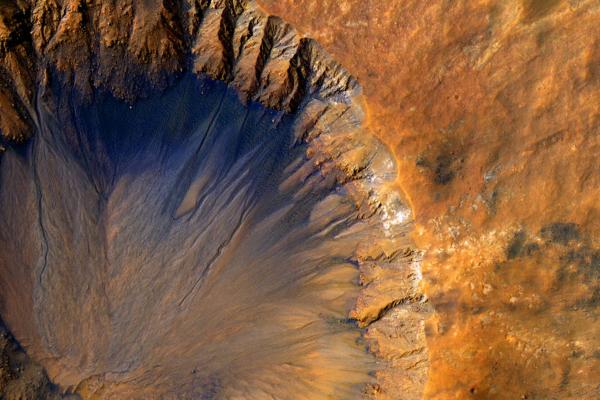
LONDON, Nov. 18 (UPI) — Archaeologists and anthropologists credit Mesopotamia as the cradle of civilization. New research suggests the cradle of early life may have been a crater.
According to a new paper in the journal Science, asteroid impacts can deform bedrock in ways that yield life-nurturing ecological niches. The new research includes analysis of a core sample recovered from the “peak ring” of the Chicxulub crater.
The Chicxulub crater is a depression buried beneath the Mexico’s Yucatán Peninsula, and the peak ring are the crater’s inner ridges. The crater was created 65 million years ago when a meteor slammed into Earth. The impact was so violent, and its consequences so far-reaching, 75 percent of life quickly disappeared in its aftermath. The extinction event wiped out all of the dinosaurs.
But the newly recovered core samples don’t just reveal how impacts can destroy life. They also show the life-friendly effects violent impacts can have on bedrock. The samples suggest rock became less dense and more porous than collision models predicted.
Tiny holes in bedrock may have served as an ideal breeding ground for the earliest life forms, researchers contend — a place where water and oxygen can mix with nutrients.
“It is hard to believe that the same forces that destroyed the dinosaurs may have also played a part, much earlier on in Earth’s history, in providing the first refuges for early life on the planet,” lead study author Joanna Morgan, an earth scientist at Imperial College London, said in a news release.
“We are hoping that further analyses of the core samples will provide more insights into how life can exist in these subterranean environments.”





